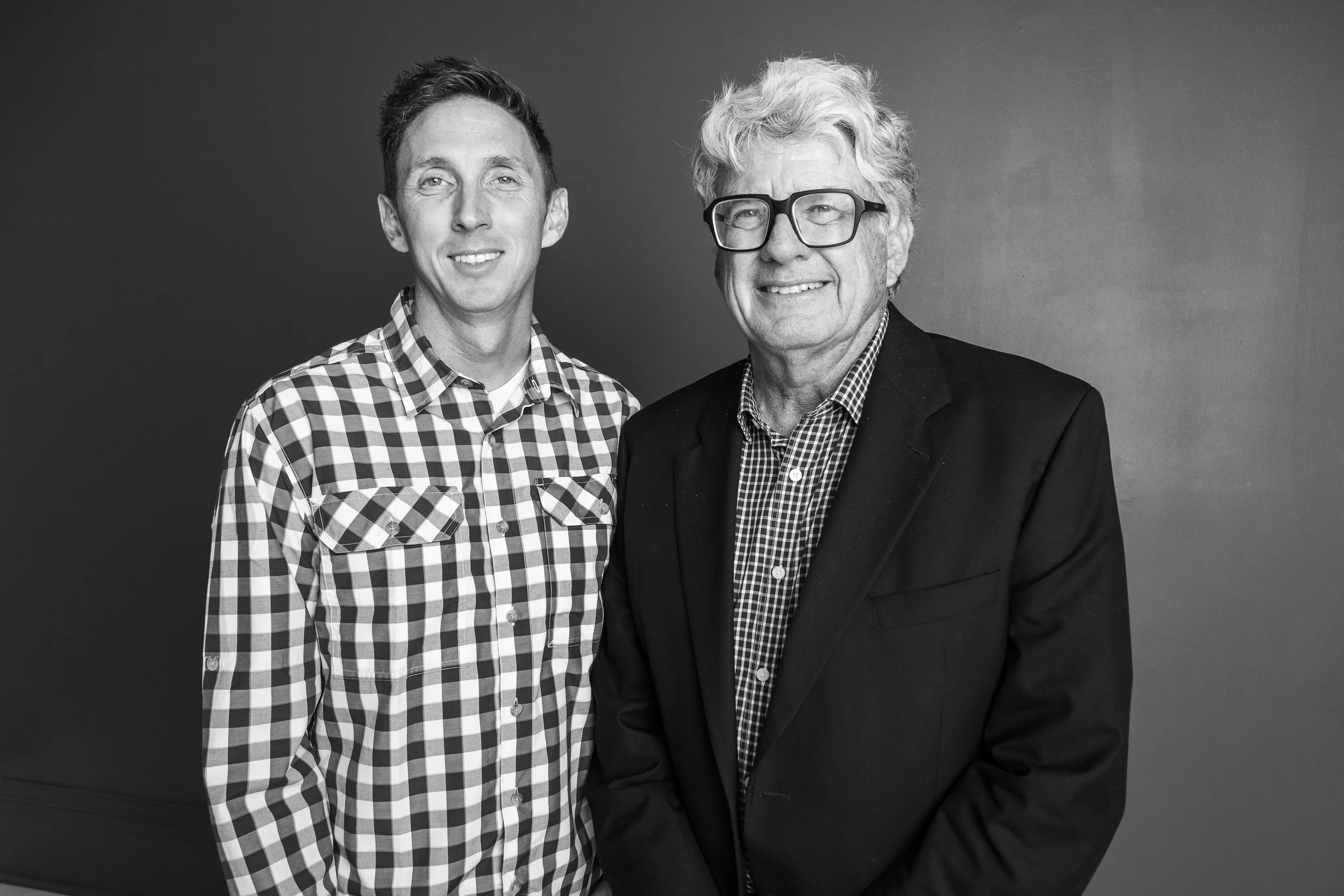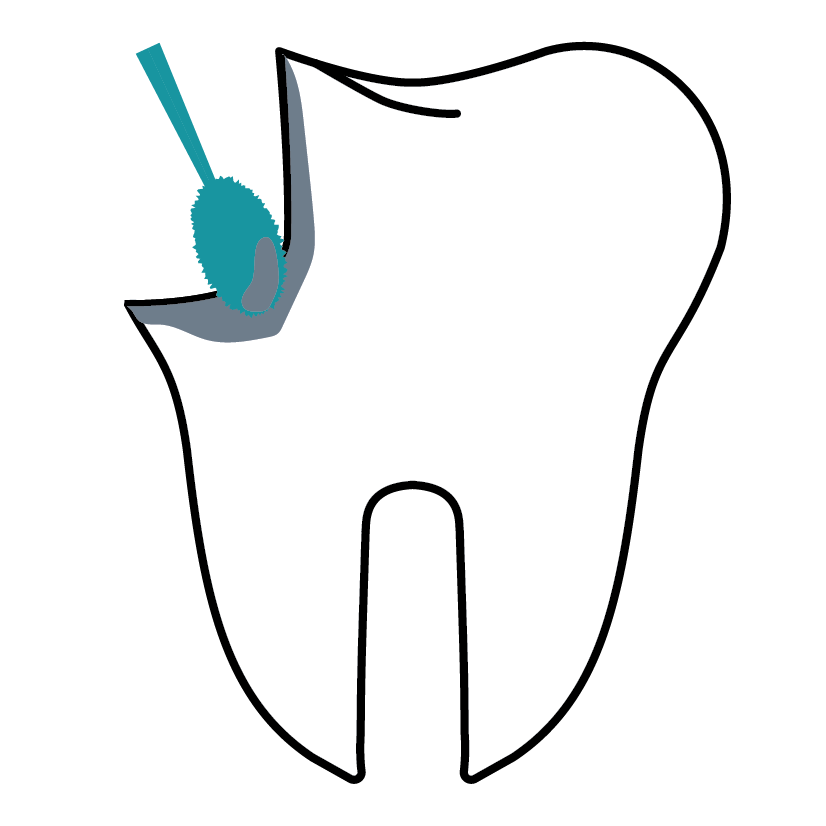What is Biomimetic Dentistry
Biomimetic means to mimic nature. Initially coined by Pascal Magne, the goal of biomimetic dentistry, also known as biomimetic restorative dentistry, is to conserve healthy tooth structure, prevent root canals and restore teeth that have decay or cracks to their natural strength. The result is symptom-free restorations that last for decades.
Pioneering Biomimetic Dentistry
At the Alleman Center of Biomimetic Dentistry and the Alleman Center Dental Office, Dr. David Alleman and his son Dr. Davey Alleman are leaders in the field of biomimetic restorative dentistry. In 1995 Dr. David Alleman compiled biomimetic dental research to make it accessible to patients and doctors around the world. Patients at the Alleman Center have been receiving the best dental care available for generations.
The over 10,000 restorations treated by Dr. David Alleman and the doctors he has trained have lasted 20 years and counting; these patients have experienced the highest quality care resulting in long-lasting, symptom-free restorations.
How does Dr. Davey Alleman describe biomimetic dentistry?
Don’t kill teeth, and conserve more tooth structure.
This is best accomplished with early diagnosis and early treatment. I make sure patients understand what is causing their symptoms and pathology and how I can use the latest research-backed treatments to resolve them.
The Biomimetic Process
Replicating the natural state of a tooth begins with removing decay and cracks while preserving healthy portions of a tooth. Precise measurements are taken to protect the tooth’s vitality.
The tooth is then sealed to protect the nerve, prevent symptoms like pain and sensitivity and preserve the long-term health of the tooth. This foundation is called the “biobase” and is what sets biomimetic dentistry apart from traditional practices.
Once sealed, composite materials are used that bond the tooth side to side, front to back and top to bottom, restoring the tooth’s natural flexibility and strength.
Why are strong bonds the key to a lasting restoration? Restoring a tooth in this way blocks bacteria from causing decay, prevents cracks and preserves the vitality of the tooth indefinitely.
The Biomimetic Difference
How does biomimetic restorative dentistry compare to traditional treatments?
Diagnosis
Traditional
Traditional diagnosis starts with asking about symptoms and taking x-rays. This helps your doctor assess the health of your tooth, but we don’t think this is enough.
Biomimetic
Biomimetic diagnosis starts with discussing symptoms and reviewing x-rays as well but with a clearer picture of what causes a health concern. Biomimetic dentists use high magnification and research studies into the causes of dental pathologies and their diagnosis, so they are able to offer you treatment options tailored to your tooth’s medical needs.
Treatment
Traditional
Teeth with minor decay or cracks are treated with traditional fillings. The traditional filling does not support your tooth’s natural structure or seal it from further decay, allowing cracks and decay to continue to spread. This tooth will likely require increasingly invasive treatments throughout its life.
Teeth that are symptomatic without cause, have deep decay or contain larger cracks are ground down and covered with a traditional crown, recommended for root canal therapy (removing the nerve of the tooth, essentially killing it) or extracted. Like with a traditional filling, the tooth’s health is at risk and will require further treatment over its lifetime until it can no longer function like a natural tooth.
Biomimetic
Studies in biomimetic dentistry allow us to better treat the causes of symptoms, rather than recommending overly-invasive treatments.
Cracks are removed under high magnification to make sure the preserved tooth structure is sound. Decay is removed using Caries Detecting Dye, a solution that shows exactly which parts of the tooth are infected and should be removed. This is done while measuring to protect the tooth’s nerve because exposing a nerve can put it at risk for necrosis down the line.
The tooth is then sealed, creating what biomimetic dentists call the “biobase.” This foundation protects your tooth’s nerve against infection and cracks.
A fiber called Ribbond is often used inside your tooth to help strengthen the restoration, especially for weaker teeth like those having had root canal therapy.
The tooth is rebuilt using advanced adhesive materials and techniques to prevent further decay and cracks. Biomimetic restorations have been shown to last over 20 years.
Long-Term Health
Traditional
Traditional techniques leave your teeth at risk of cracks and decay, the cause of symptoms and tooth death. While studies exist on how to protect teeth from these outcomes, traditional practices are yet to adopt them.
Traditional composite fillings and traditional crowns last an average of 2-5 years and are often symptomatic during that time.
Biomimetic
Biomimetic restorations last 20 years or more without symptoms. Because your teeth are protected against cracks and decay, your overall oral health is greatly improved and the need for further treatment reduced.





